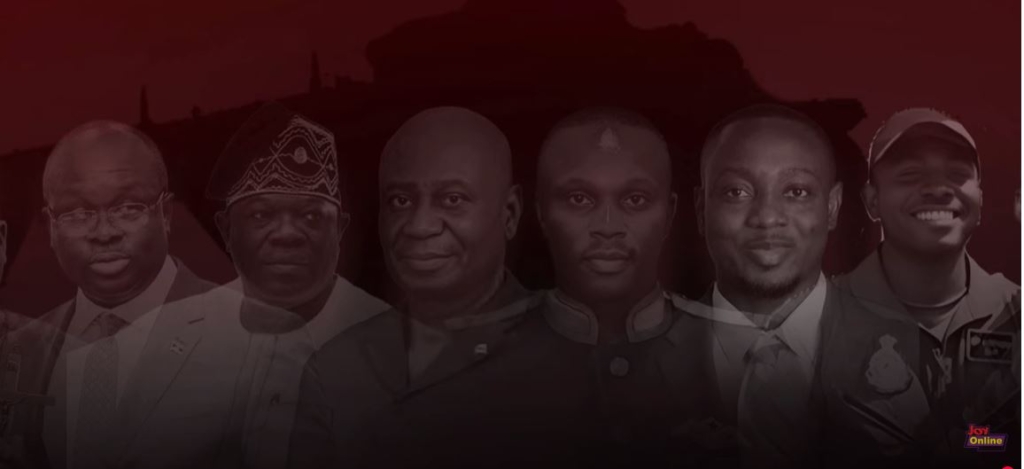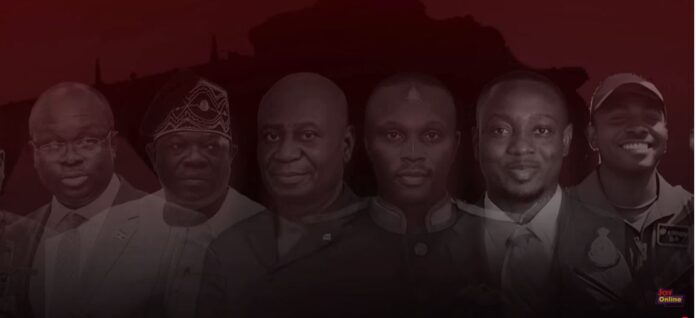
The Online Publishers Association of Ghana (OPAG) has condemned the circulation of graphic images showing the charred bodies of the victims of Wednesday’s military helicopter crash, calling it unethical and disrespectful.
In a statement released on Thursday, August 7, OPAG expressed disappointment over the publication of disturbing images of the eight fallen public servants now widely referred to as “The Gallant Eight”, who died in the crash while on national assignment.
“OPAG has learnt with disdain of the publishing of charred images of the fallen heroes in the Wednesday helicopter crash,” the statement read.
While acknowledging the need for the public to stay informed, the association urged online publishers and social media users to exercise restraint in what they share.
“Inasmuch as OPAG recognises information dissemination as far as this tragic incident is concerned, it is important for persons in the online space to tread cautiously, as what they publish has the tendency of aggravating the emotional stress families of the deceased are going through.”
The organisation revealed that it had come across videos and images showing the remains of the victims and described the act as “reprehensible”.
OPAG reminded online journalists that ethical standards should guide all reporting, especially in moments of national grief.
“As journalists in the online space, ethics as echoed by Joseph Pulitzer is as sacrosanct as the news itself,” the statement said.
The association noted that publishing images or videos of deceased persons can be deeply disrespectful, not only to the individuals who have passed away but also to their families and loved ones.
“The dead should at all times be accorded respect so that nothing untoward is done while we perform religious customs and cultural activities to bid a befitting farewell.”
OPAG also reminded media professionals that the privacy of the deceased and their families is just as important as protecting confidential sources.
“Respecting the privacy of individuals and protecting confidential sources are essential aspects of media ethics. Similarly, the deceased and their family have a right to privacy, which can be violated by publishing such images or videos.”
The group further warned that sharing such graphic content risks turning a national tragedy into a spectacle.
“It is essential to note that graphic images or videos of a dead body can be seen as reducing their tragedy to a sensationalised image or video and exploiting the deceased person’s tragedy for the sake of attracting readers or viewers, rather than serving a legitimate journalistic purpose.”
Referencing the Code of Ethics governing journalists, OPAG advised that images or videos of deceased persons should only be published when they serve a “compelling public interest”.
The association expressed its condolences to the families of the victims.
“OPAG takes this opportunity to condole the families of the Gallant Eight.”
DISCLAIMER: The Views, Comments, Opinions, Contributions and Statements made by Readers and Contributors on this platform do not necessarily represent the views or policy of Multimedia Group Limited.
DISCLAIMER: The Views, Comments, Opinions, Contributions and Statements made by Readers and Contributors on this platform do not necessarily represent the views or policy of Multimedia Group Limited.


